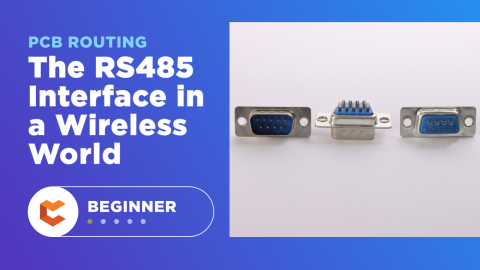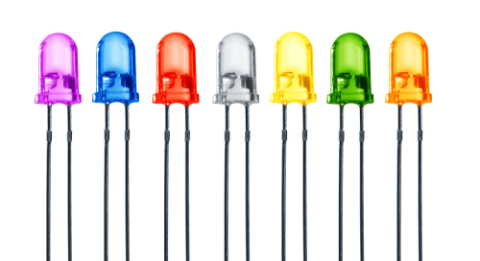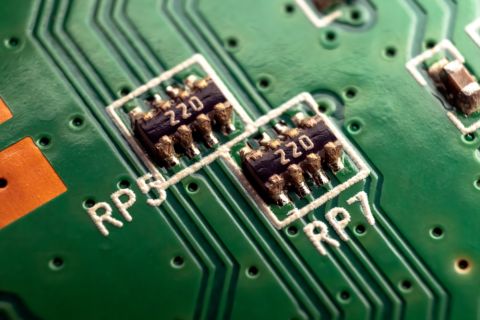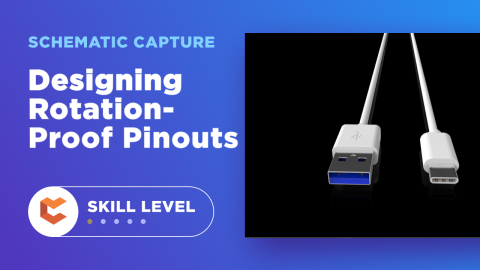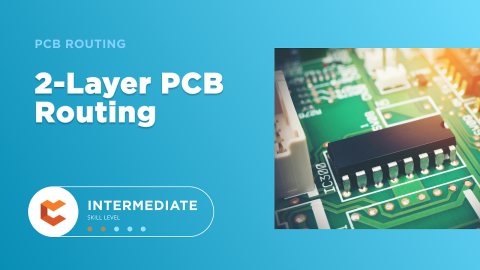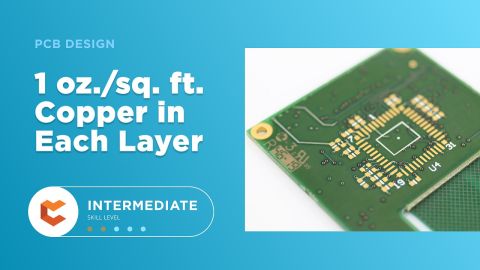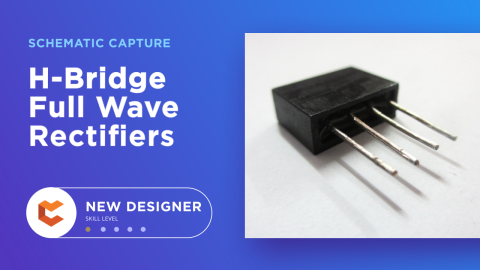How Internet of Things Wireless Sensor Networks Can Benefit From Multi-Sensor Platforms
Some people like dogs or cats, but my family has always been a cat family. We have one important rule to keep us from graduating from a “crazy” cat family. We are not allowed to have more cats than we have family members. Sometimes we don’t want limits, but we still have to have them to keep things from getting out of hand. The same principle applies to the Internet of Things (IoT). While I do think many IoT devices are a bit overboard, their sensors are adopting simplicity. Right now almost every IoT wifi sensor gizmo has its own array of sensors that measure properties ranging from ambient temperature to vibrations.
That could change in the near future, as some inventors are working on multi-sensor platforms. These integrated sensor solutions pack a wide array of commonly used sensors to investigate their environments. Consolidated sensors like this will allow devices to gather data from one physical location, and could even give appliances awareness of each other. Advantageously, these sensor packages could reduce complexity, cost, and care for both the end user and the of IoT wifi sensor gadgets.
What is a Multi-Sensor Platform?
One example of an integrated sensor package is Future Interfaces Group’s “Synthetic Sensor.” These developers looked at the most commonly used IoT sensors and put them all onto one platform. This device is plugged into the wall via USB and then proceeds to gather data on its environment.
Currently, this integrated sensor’s purpose is to gather and interpret data from “dumb” household items. Since its position remains the same, it can interpret the sounds from other stationary objects and identify them with incredible accuracy. For example, the Synthetic Sensor can tell which stove burner you’ve turned on, based on ambient heat and sound. It can tell the difference between a blender and a garbage disposal, based on the spectral content of the noise in the room. It could even tell you if your cat pushed a glass off the counter while you were at work.
The Synthetic Sensor does all these using machine learning algorithms. These are the same algorithms that are being applied to autonomous vehicles to get them to react to novel situations. This platform literally learns about your house and the objects in it.
This obviously has great uses in the area of data and home intelligence. Google-funded this project, so I presume they might use it in tandem with their Google Home assistant. It could then tell you if you left a tap running or the oven on. Maybe it could even tell me if I remembered to feed my cat. I think platforms like the Synthetic Sensor have even better applications in the IoT. Things like shared sensing and device awareness.
Hopefully, these sensors will be a little less bulky than this one.
Multi-Sensor Platforms and the IoT
I’m currently doing a puzzle at my house and my cats keep biting the pieces. It would be nice if my house could sense that a cat was about to get on the puzzle table and do something to scare them away. Consolidated sensors could enable that by sending out environmental data and allowing devices to be aware of their environments and each other.
Most IoT appliances come with their own set of sensors. These sensors, though, are only focused on that object’s task and not on the surroundings in general. This is what makes smart devices dumb. Your “smart” doorbell can see who comes up to the door, but can’t interpret what they want. A machine learning sensor might be able to tell if it was a mailman based on their uniform. If someone is coming up to the door screaming profanities, your doorbell could alert you to their anger as well as their presence. Machine learning is a bit complex for the average IoT wifi sensor developer, so I wouldn’t expect them to integrate it on their own. A centralized consolidated sensor that did the thinking for “smart” objects would greatly improve their usefulness.
The Synthetic Sensor’s end goal is to be aware of what’s going on in your home. It should know which appliances you have, what your doorbell sounds like, and how many pets you have. There’s no reason this awareness couldn’t be imparted to items that can connect to the sensor. Let’s say that your blender scares your dog, but a treat will calm them down. When your blender turns on, the sensor will see that the dog is in the room and tell your automatic treat dispenser to get dispensed. Multi-sensor devices like this could really create an integrated smart home.
Consolidated sensing won’t just help IoT sensor networks, it will also help users and designers.
These sensors could help you avoid this.
How Does This Help Me?
Whether you’re the one using IoT wifi sensors, designing them, or both, you need to know what’s in it for you. Integrated sensors will reduce complexity and cost for users. They’ll help developers by, again, reducing complexity, and eliminating the need for distributed sensors.
If my house is going to be “smart” I want it to look smart too. Well, as smart as a house full of cat hair can look. I don’t want to be sticking sensors on every cabinet door and chair. I also don’t want to have to keep up with where every sensor is or when its batteries need to be replaced. Imagine every sensor beeping like a smoke alarm that’s low on batteries, that’s a fate worse than death. It’s much easier to just plug in one sensor that takes care of everything. Even if I have to put one in every room, it will still be less than if each device needed its own sensors.
I also don’t want to pay for an arm and a leg for IoT sensor networks. Our cats are a special breed and purchasing them took a little weight off my wallet. The fewer sensors a device has, the less it will cost. I want to save my puzzle and save some money in the process.
On the design end, it also makes things a lot easier. Instead of having to integrate 5 separate sensors into your PCB, you could put in one WiFi module (which you probably already have) and just request the data. It’s much easier to receive data that are already interpreted than to gather it and then parse it out yourself. An integrated sensor would also eliminate the need for your device to communicate with a distributed sensor network. You wouldn’t have to put 10 stick-on sensors in the box for Joe Schmoe to place around the house and then pair incorrectly.
When you need to access an easy-to-use PCB layout tool that includes everything needed to build high-quality manufacturable circuit boards, look no further than CircuitMaker. You'll have everything you need to design and manufacture IoT products that integrate sensors into a single platform and provide a meaningful user experience. All CircuitMaker users also have access to a personal workspace on the Altium 365 platform. You can upload and store your design data in the cloud, and you can easily view your projects via your web browser in a secure platform.
Start using CircuitMaker today and stay tuned for the new CircuitMaker Pro from Altium.

